Hollywood and the Decisive Moment
The Leica S (Typ 007)

Hollywood and the Decisive Moment
The Leica S (Typ 007)
Introduction
In early July I was asked by Leica if I would like to test out the new Leica S (Typ 007) code named Hollywood. I pointed out that I had no experience with either the Leica S, or with medium format digital photography in general, but I was told that would make it all the more interesting! However, it does mean that this is going to be a rather lop-sided article: I can’t compare the results from the typ 007 with the previous S cameras, I can only give my feelings about this camera; it’s unlikely to inform anyone considering whether or not to upgrade, but perhaps it will help other photographers who are considering the new S as their first foray into the larger format.
I am a re-active (as opposed to pro-active) photographer, an observer rather than a planner; I always have a camera with me, and I take photographs as opportunities arise. The often stated idea that medium format photography makes you slow down and think a little harder is a complete anathema to me - the minute I start to think my photographs seem to lose all their life. For this reason I never use a tripod, and very rarely (and only in desperation) a flash.
Of course, I could have decided to use the S ‘properly’, to dust down my tripod, to hire some strobes and to make an attempt at product photography and some formal landscapes, but I would almost inevitably make a hash of it, so that seemed like a pretty bad idea. What I did was to take the camera and lenses to the Latitude festival in Suffolk and to shoot bands and people in just the way I would with any other camera. I decided to try some ‘action’ and candid photography, and a cousins camping weekend in our garden provided a great opportunity for this. All the pictures shown here (and in the accompanying web page) are hand held, and none of them use flash.
It’s worth mentioning that the images shown here (and in the attached link) were all shot with a prototype camera and with pre-production firmware, there have been definite improvements for the production cameras.
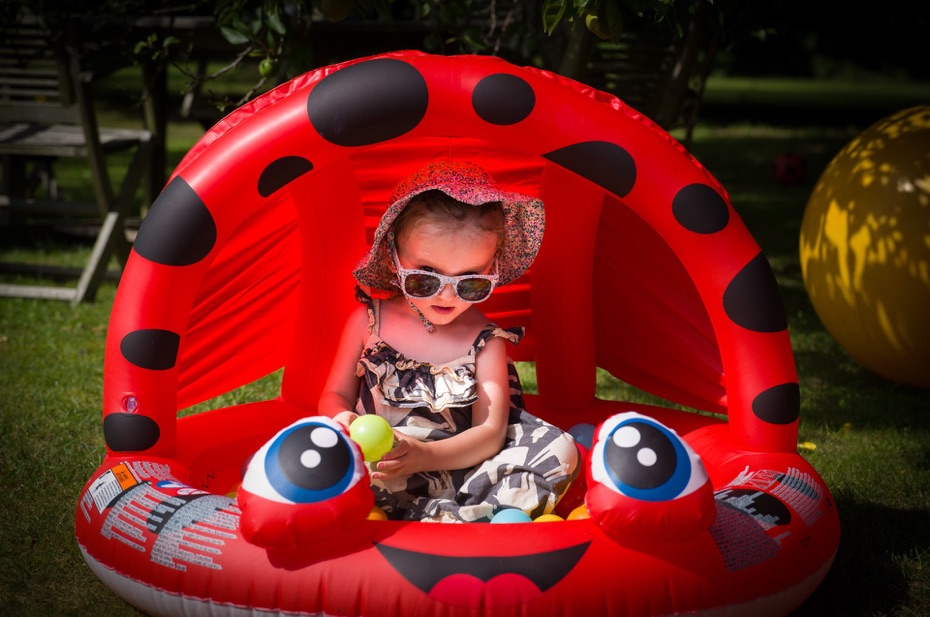
Ergonomics and Handling
I think that the Leica S is one of the most beautiful cameras ever made - elegant and minimalist, indeed, in the latest camera the shutter speed dial has been changed to a simple dial without any engraved speeds, the only writing left is the rather unnecessary On/Off on its on/off switch - it seems to me that if you can manage to use all the buttons without any clues to their functions, you can probably remember where the on/off switch is!
Whilst the general direction in the camera world is towards more and more analogue controls, Leica have headed in the other direction with the S. Of course, this is so that the user can configure the buttons and dials to their own particular needs, and the annotation of the buttons on the back is shown in the LCD screen. There is also a crystal clear screen on the top plate of the camera which shows all the settings - arguably better to have them all in one place like this than scattered around the camera body.
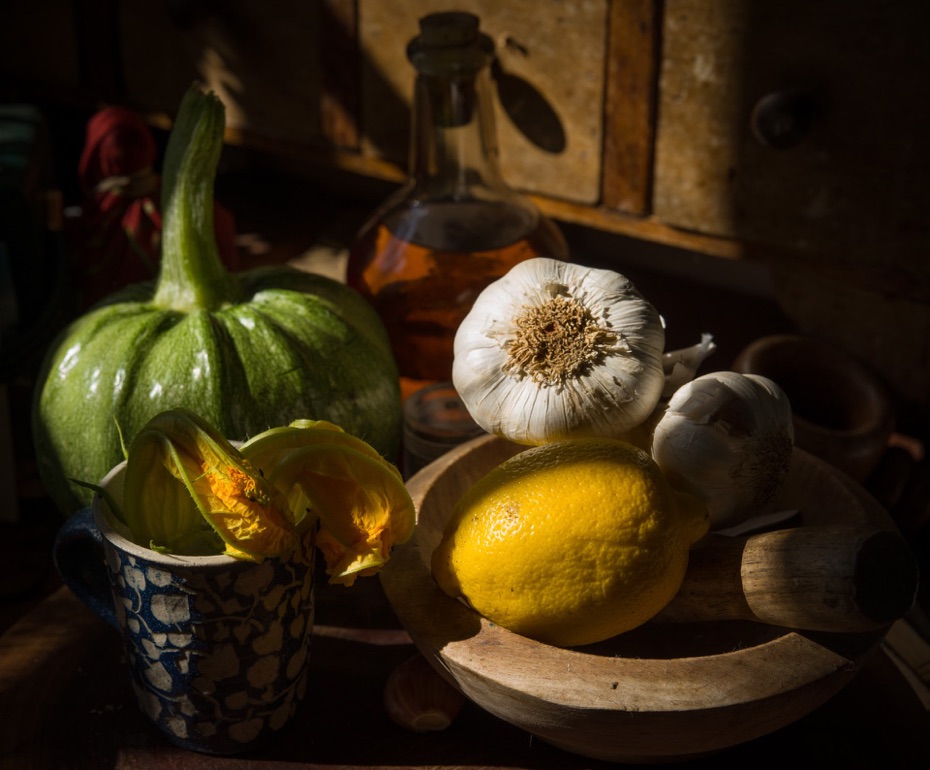
The camera isn’t just beautiful, it’s beautifully made, the controls fall to hand really well, and the little joystick at one’s thumb point is extremely useful. Pressing the rear dial to change Mode is also an excellent idea.
I’m not going to talk about the controls of the camera in detail (many readers will already be more familiar with the concept than I am). I did find it fairly intimidating in the first instance, but very quickly the controls become intuitive, and it’s really easy to configure them to suit personal preference
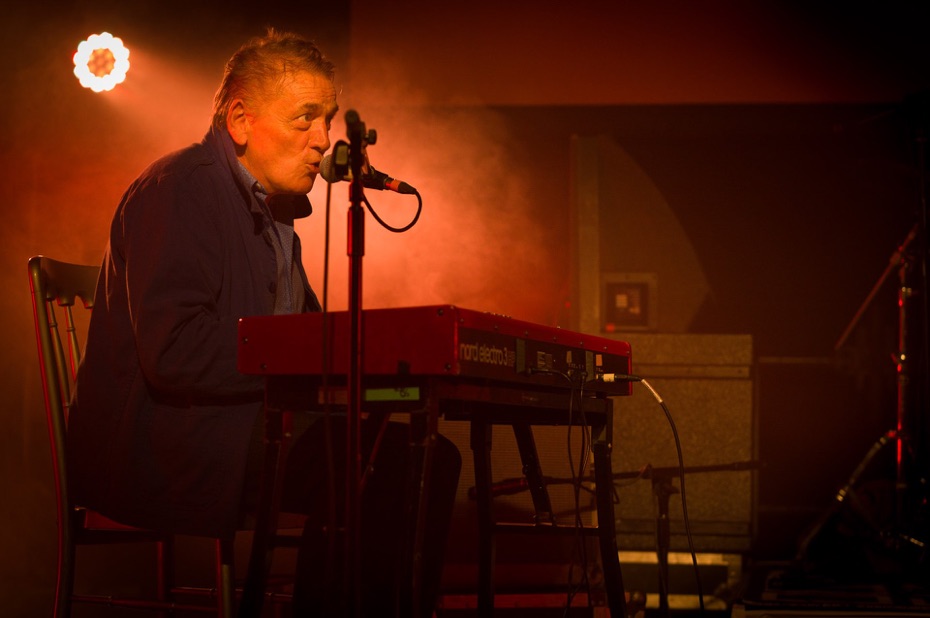
High ISO and Low Light shooting
The Latitude Festival is a weekend event held on the east coast of the UK, not as big as Glastonbury, but one of the main summer events. Although the S doesn’t seem like a natural camera to use for this kind of event, it did seem to be a great way to find out it’s strengths and weaknesses, and to learn how to use it.
Sadly, the longest lens I had was the 90mm of the 30-90 zoom, and this wasn’t really long enough to shoot the bands on the main stage (even from the press area just in front of the stage). However, a storming set from Geraint Watkins in the Film and music Arena proved to be just right. I used the 70mm summarit and mostly kept the ISO at 800 or 1600 and the aperture at f3.4 with a shutter speed of 1/125.
I was really pleased with the results - ISO 1600 was absolutely fine, and the focus was mostly spot on.
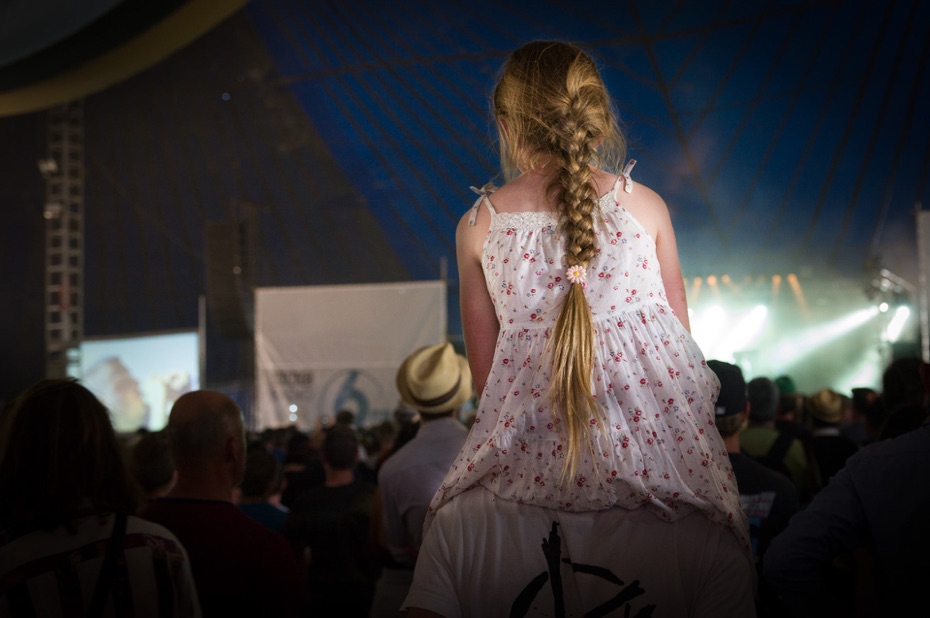
Ladybird paddling Pool - Vario Elmar 30-90 ISO 100 f5.7
Lemon Garlic and Courgette: Vario Elmar 30-90 ISO 100 f9.5
Geraint Watkins at the Latitude Festival: : 70mm Summarit ISO 800 f3.4
Latitude folk: Vario Elmar 30-90 ISO 1600 f4

Auto Focus and action
The AF on the Leica S is pretty good - I haven’t used the previous cameras, but I understand that it’s been improved for Hollywood.
Having the AF on the shutter release did occasionally cause hunting in low light and where the target goes from distant to close very quickly. As a result of this, most of the time I had AF on the toggle button on the rear of the camera (with the camera set to manual focus). This worked pretty well, with the focusing being quick and extremely accurate (even in fairly poor light).
You can always go to MF by turning the focusing ring with the shutter half pressed, this is simple and works very well in practice - I found it even easier than having an MF/AF push pull switch on the lens (like the pro Olympus lenses for example).
The lenses for the S are big, and the elements further apart, so for AF there is a lot of glass to move a long way. On the basis of this I wasn’t very optimistic about tracking with continuous AF. However, as it turns out it works surprisingly well: I spent a weekend shooting badminton and children and dogs rushing around at high speed. I suppose you wouldn’t choose the Leica S as a sports shooter, but I found it worked much more efficiently than I had expected, nailing focus on most occasions.
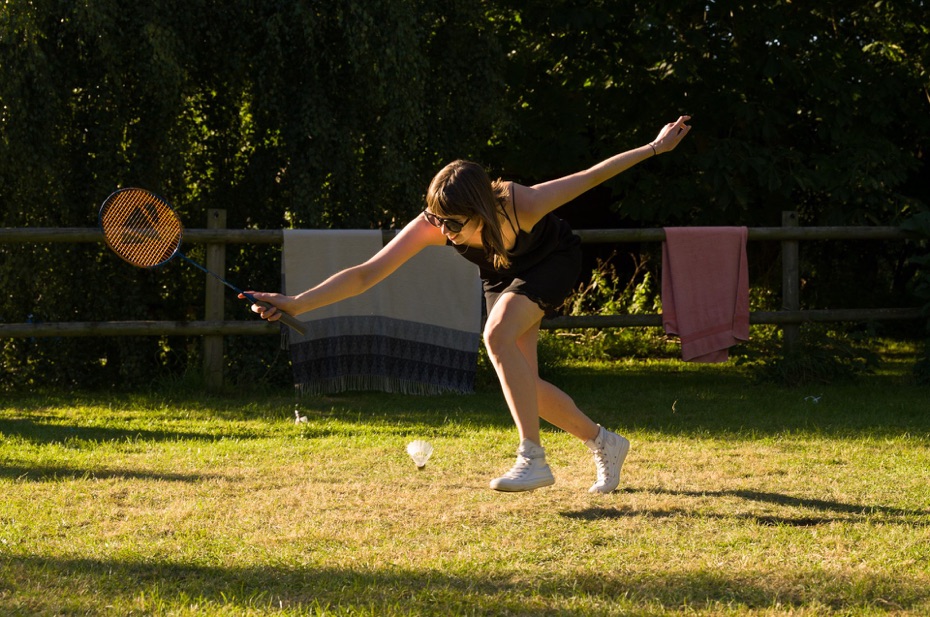
April: an Elegant Miss : Vario Elmar 30-90 ISO 400 f5.7
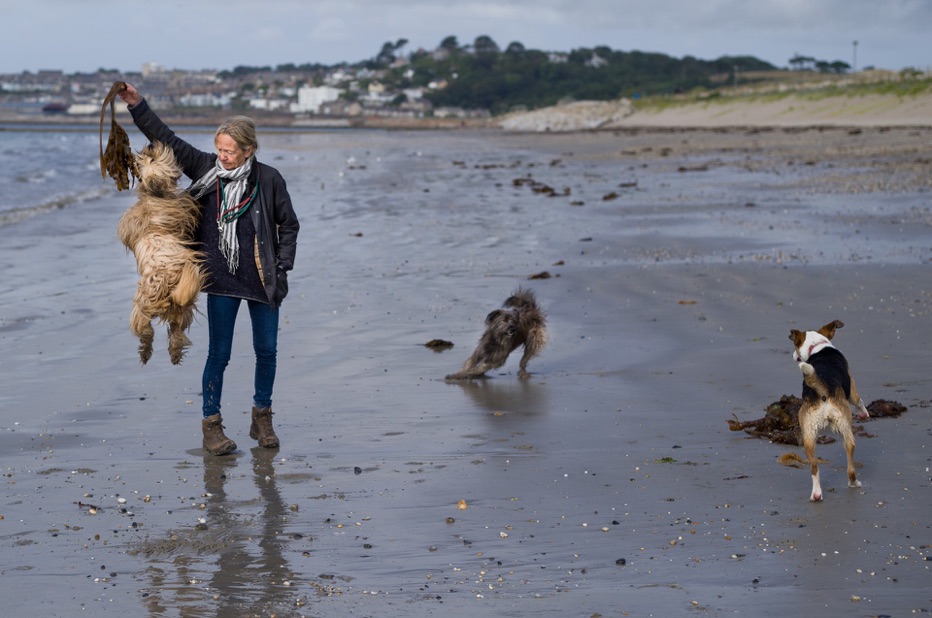
Walking the Dogs on a dreek morning: Vario Elmar 30-90 ISO 400 f5.7
Viewfinder and manual focusing
There are lots of times when I find AF only too likely to decide on something other than my idea, and focus and recompose has it’s disadvantages in terms of speed and accuracy, so I still find lots of circumstances when manual focusing is preferable.
The Viewfinder of the S is quite simply the best and brightest viewfinder I have ever used, it’s huge and glorious and makes manual focusing a real pleasure. It’s easy to get good focus anywhere in the frame, excellent for candid photography and casual portraiture.
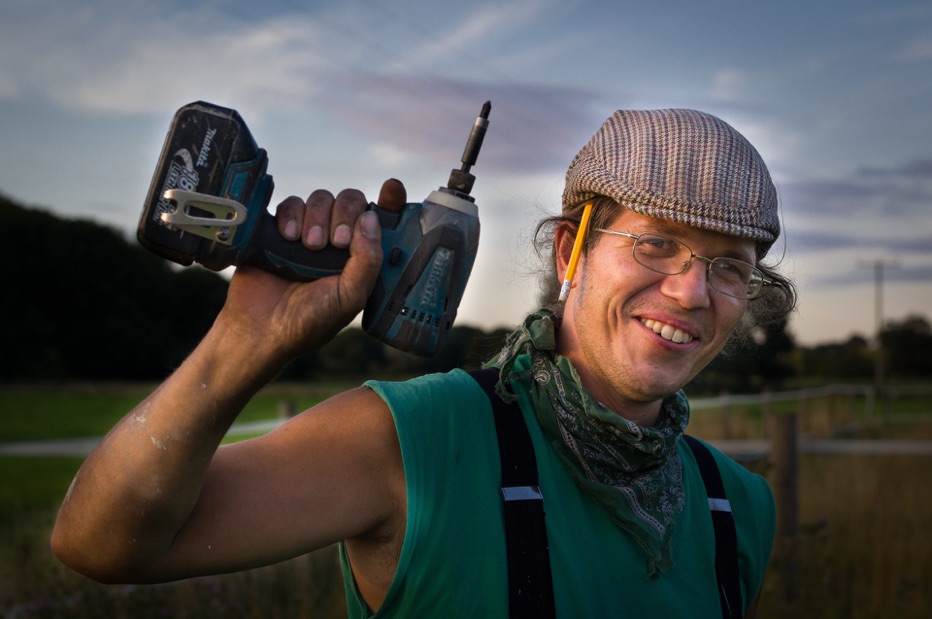
Tom the Hat: 70mm Summarit ISO 400 f8
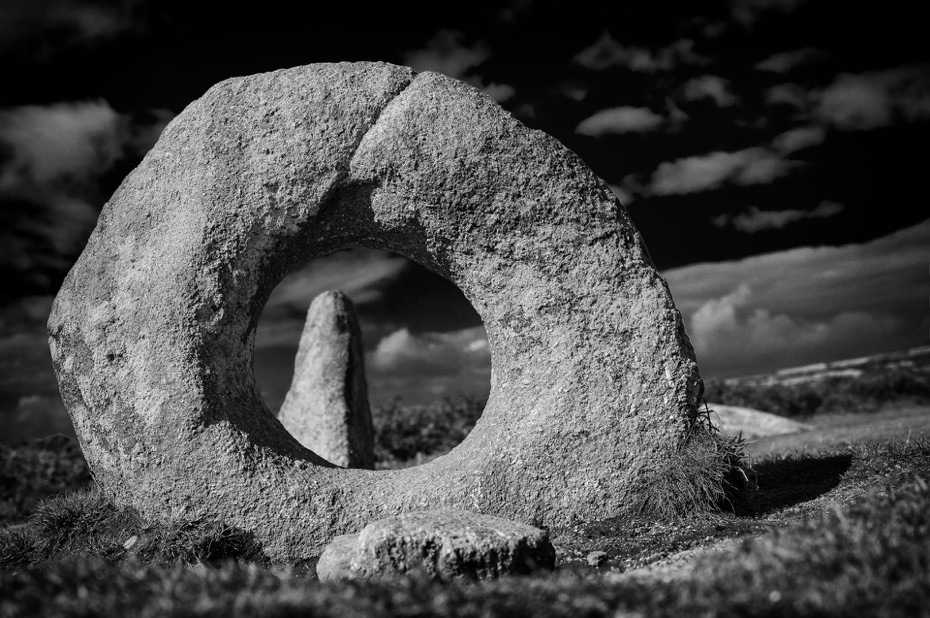
Conclusion
Generally speaking when writing my camera articles I’m pretty well acquainted with the competition, and I’m aware of the advantages and limitations on either side. In this case I’m only too well aware that I don’t have a full set of information to work from.
I haven’t even mentioned the video capabilities, as I’m not a video shooter - I’ll leave others to discuss the video capabilities of the S/
If you would like a better idea of the technical capabilities of the camera then you should take a look at Sean Reid’s site (reidreviews.com) where he has published Part One of a long term review of the Leica S.
What I can say is that the new Leica S can produce breathtaking files in most normal shooting situations. It certainly isn’t constrained by the conventional limitations of medium format, it shoots fast with accurate AF in fast changing situations, its low light capability is impressive (I found it to be quite useable up to 6400, and that 12,500 was okay in an emergency - I’ve not come across a colour camera that really does better than that).
It’s a wonderful camera which can easily be used as one would use a top of the range Nikon or Canon SLR, but with it’s larger CMOS sensor it produces true medium format quality.
Men an Tol - West Cornwall : Vario Elmar 30-90 ISO 100 f4.7
High Summer: Vario Elmar 30-90 ISO 400 f9.5
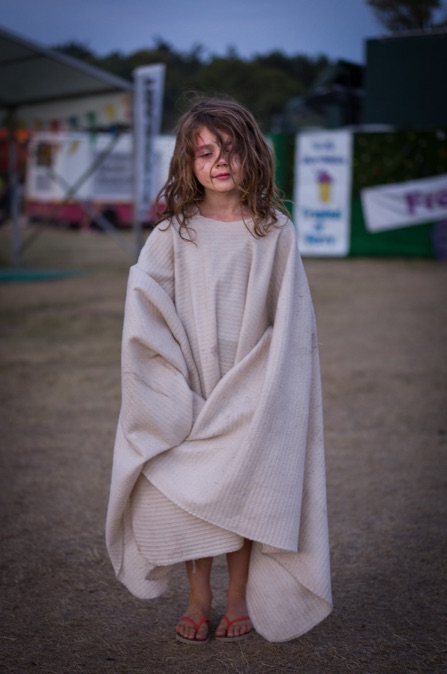
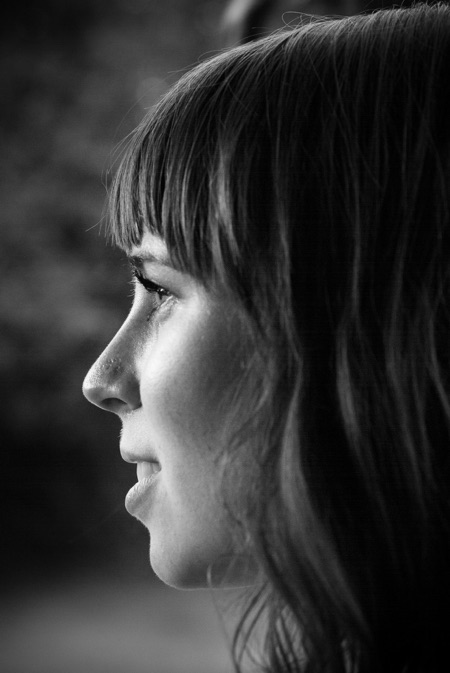
Time for Bed at the Latitude Campsite
70mm Summarit ISO 200 f2.5
April
Vario Elmar 30-90 ISO 6400 f5.7
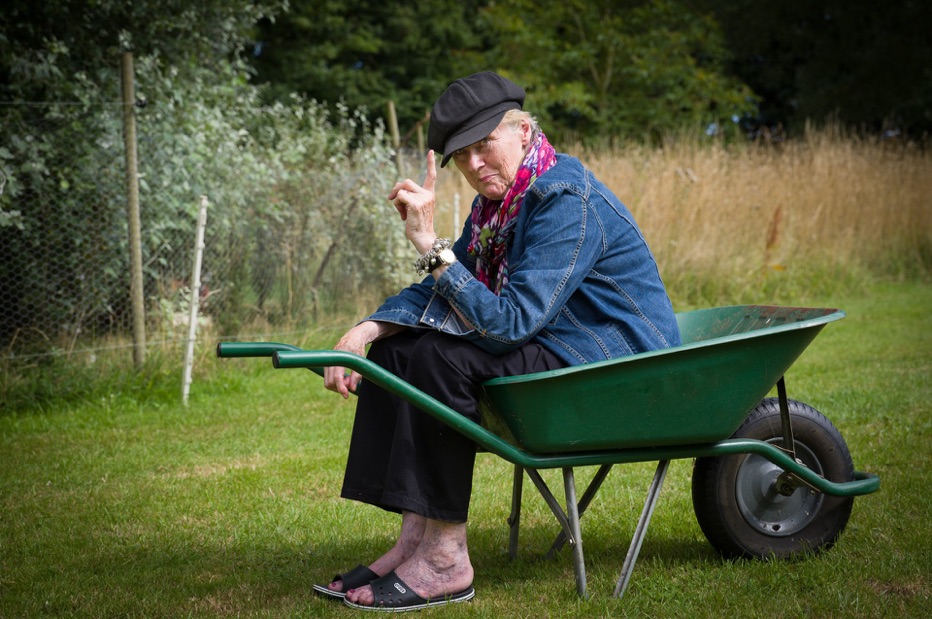
Now then Young Man: Vario Elmar 30-90 ISO 100 f5.7
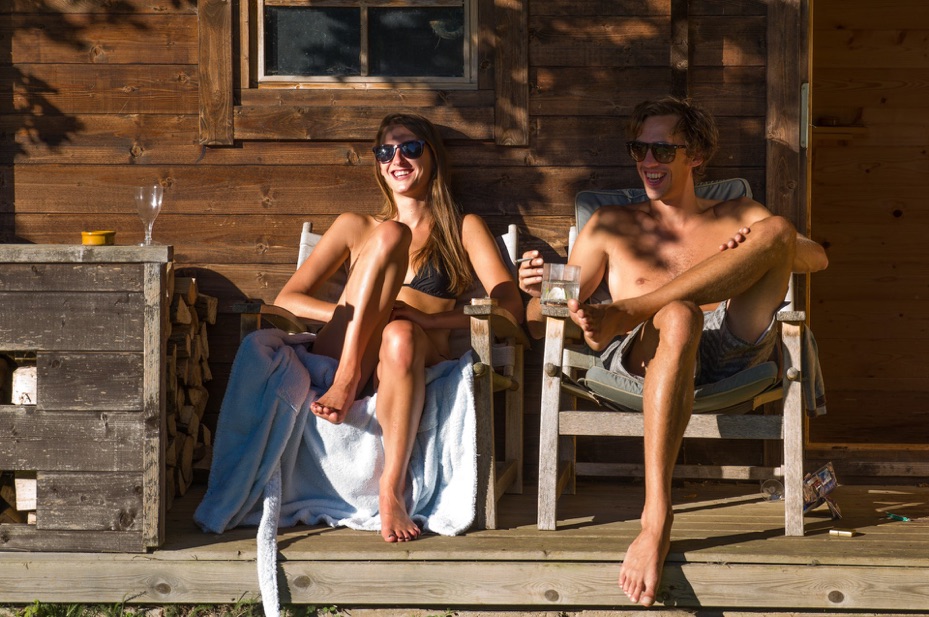
Chilling: Vario Elmar 30-90 ISO 100 f5.7
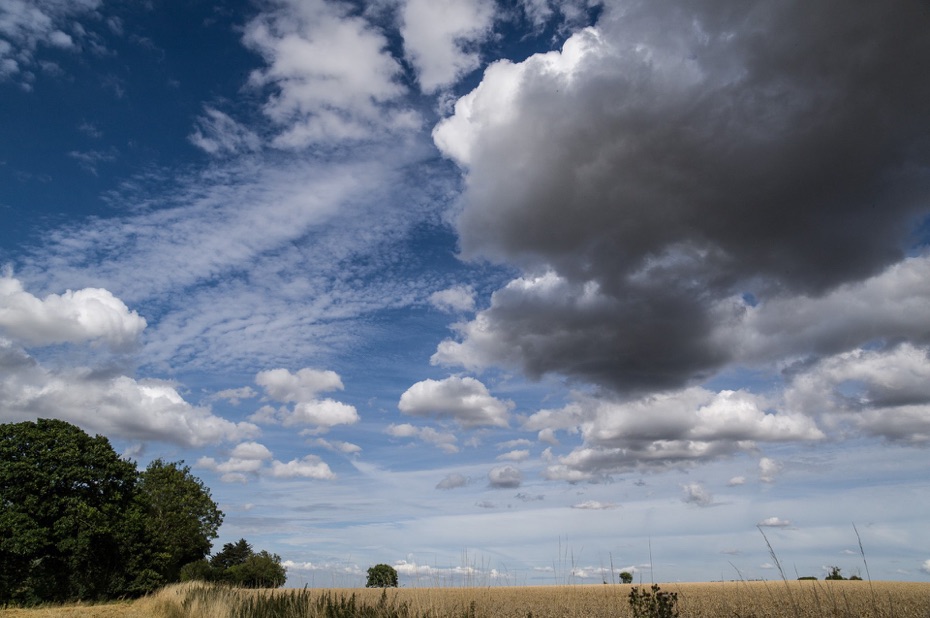
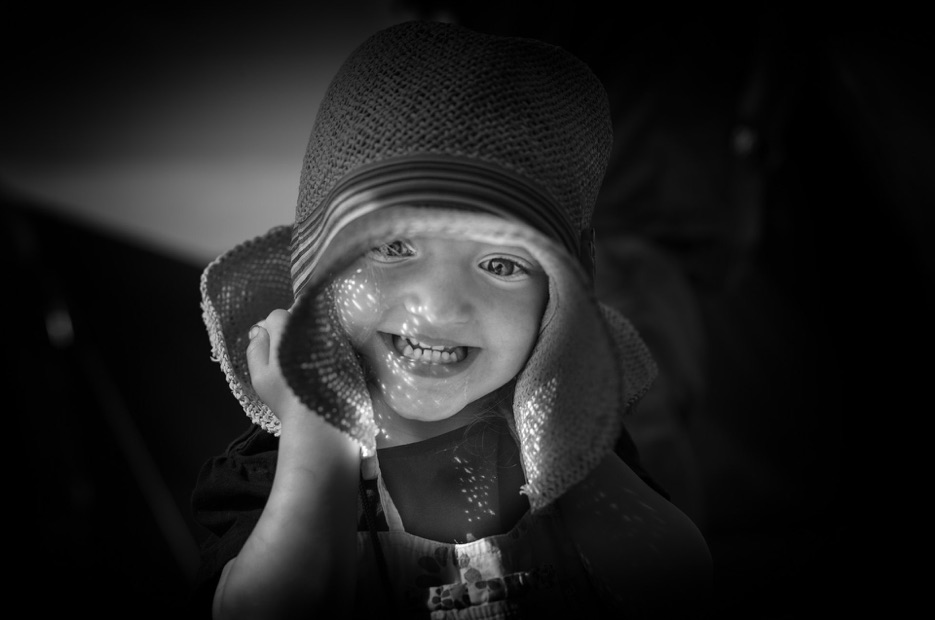
Scarlett’s new hat: 70mm Summarit ISO 100 f4.8

Watching Jon Hopkins: Vario Elmar 30-90 ISO 1600 f4.6
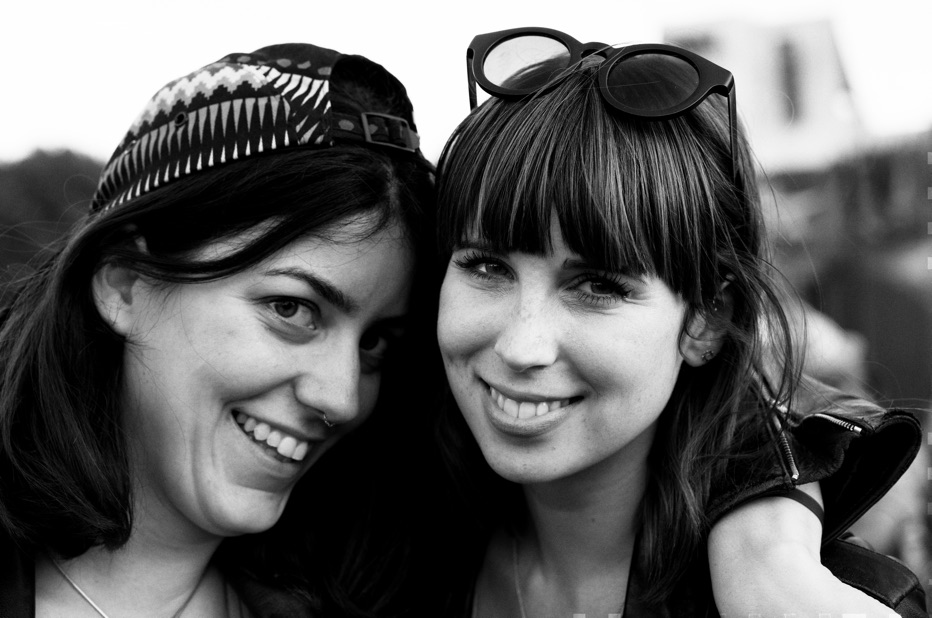
Girl Power: Vario Elmar 30-90 ISO 800 f5.7
Having got the measure of the camera in low light, I found that shooting at 1600 ISO seemed to have few disadvantages - of course there is a little noise, but it meant that I could keep the shutter speed to manageable levels, avoiding camera shake even in the evening or in overcast light
For me, the absolute bottom line with a camera is that it should take a picture when you press the shutter. This seems obvious, but it’s surprising how many modern cameras fail this test, even some expensive modern models.
The Leica S performs really well here - there is no apparent shutter lag, and what you see is definitely what you get.
Image Quality
I found the image quality from the new S to be quite breathtaking - I had the 30-90 zoom and the 70mm summarit, and both lenses seemed to be quite flawless.
I followed my normal practice of shooting ‘Sunny’ white balance during daylight hours and then either using Auto WB or taking a reading from a grey card in mixed artificial light. I was really impressed with the dynamic range, the colour depth and the exuberant feeling the files seem to have. They are also immensely amenable to post processing, with no tendency to fall apart, even under much stress! I wasn’t so impressed with the jpg files, but I didn’t really experiment too much with the different settings, being a RAW shooter at heart. Files were processed in Lightroom (which doesn’t yet have full support for the camera, but which nevertheless works really well). Even really large prints look wonderful, I just can’t imagine a real life situation where one would need more resolution than this.
Black and white conversions work equally well (I use Silver Efex Pro II)